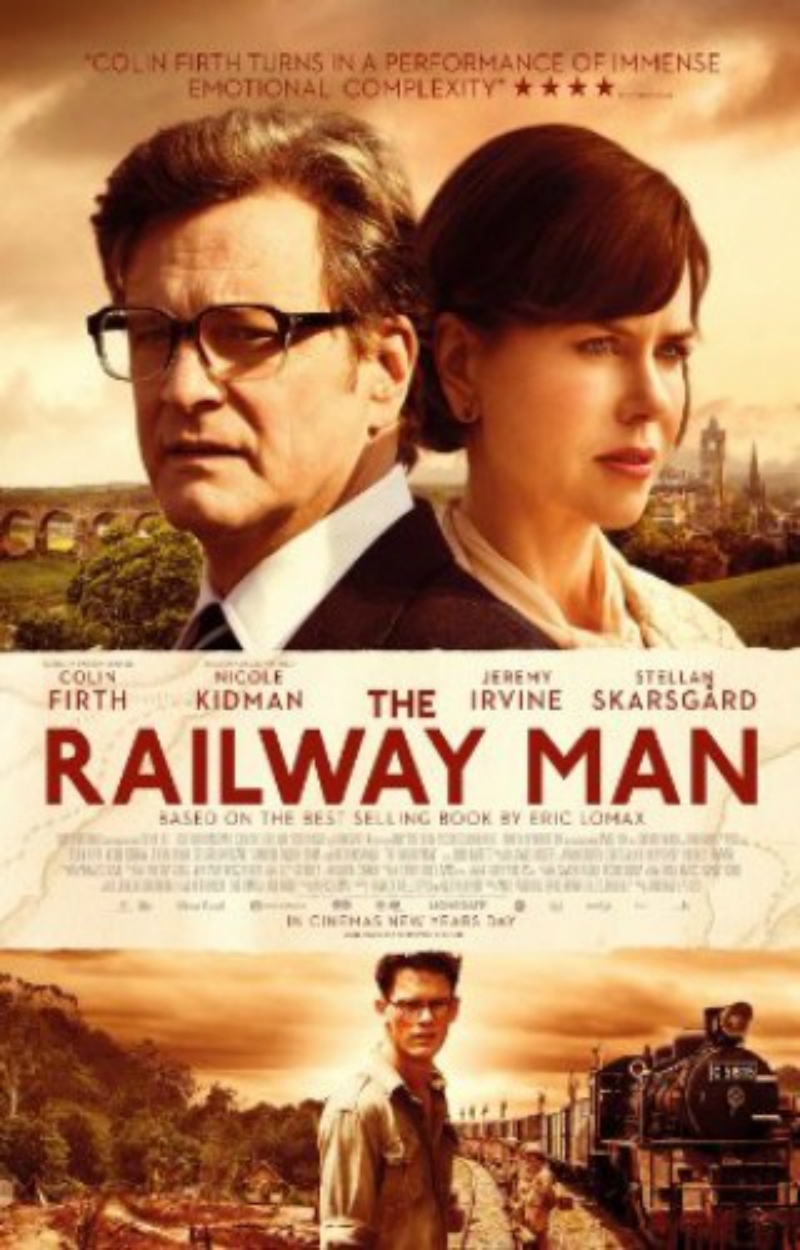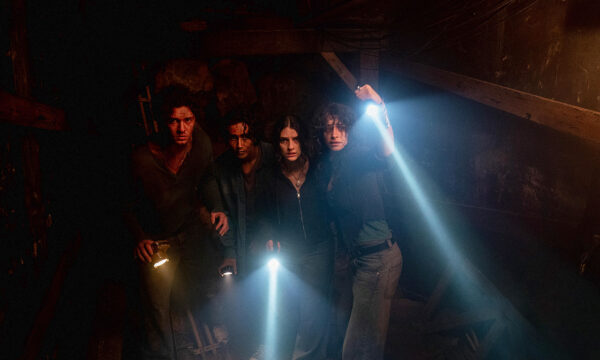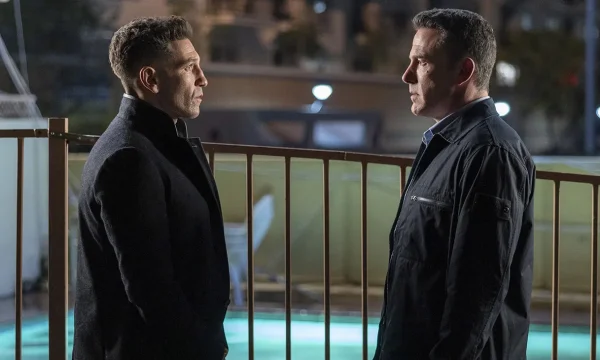The Railway Man

Previously best known for comedy Gettin’ Square (2003), Australian director Jonathon Teplitzky has turned to serious themes since the loss of his wife. 2011’s The Burning Man examines the effects of loss, grief and trauma. This winter’s The Railway Man – based on the experiences of World War II soldier Eric Lomax as detailed in his acclaimed autobiography of the same name – charts the brutal conditions of the Burma-Thailand “Death Railway”. The film shows Lomax experiencing torture, escape, post-traumatic disturbance and, startlingly, forgiving his aggressors.
The middle-aged Lomax, sensitively rendered by Oscar-winning stiff-upper-lipped Colin Firth, has fallen into a post-war life of isolation and a curious obsession with railways. Onboard a train, he meets gentle temptress Patti (Nicole Kidman) and the pair marry. So far, so period romance. But cracks start to develop in the Lomax’s calm veneer. Concerned by her husband’s night terrors and increasing withdrawal, Patti seeks out another ex-soldier from Eric’s battalion, Finlay, who reluctantly gives her the details of their wartime experiences.
The film returns to Lomax’s youth as a Lieutenant, imprisoned and transported to Thailand at the fall of Singapore. Jeremy Irvine plays the young Lomax, and convincingly adopts Firth’s soft-speech and mannerisms. Teplitsky grotesquely portrays the Japanese concentration camps that provided the railway with construction workers – conditions so terrible that a third of labourers died between 1943 and 1947. How accurate the impression is considering we watch from the comfort of our chairs and behind the sterility of the screen is open to question, but the painfully emaciated soldiers, brutal beatings and filth are shocking to observe.
Kidman’s performance is disappointingly static, not aided by the sometimes overly formal dialogue. Luckily, her appearance is minimal and the rest of the cast shine. Hiroyuki Sanada is haunting as the interpreter and torturer Nagase – spectacularly brutal but revealing a glimmer of self-doubt and compassion behind his icy display of inhumanity. Viewers may be troubled by a slightly Hollywood-ish feeling in Lomax and Nagase’s reconciliation. But, however unaccountable it may seem, Lomax did fully forgive his repentant torturer. The lifelong friendship that emerged between the men is the most striking and moving part of Lomax’s story, and Teplitzky would have done well to extend the feature and further explore this relationship. This would have shifted the focus from the darkness of human nature to its strength and compassion, making the viewing experience more balanced. But Teplitzky isn’t aiming to warm the heart; The Railway Man is a necessary if occasionally inauthentic portrait of one of the most horrific war crimes of our age.
Martha Thompson
The Railway Man is released nationwide on 10th January 2014.
Watch the official trailer for The Railway Man here:























Facebook
Twitter
Instagram
YouTube
RSS